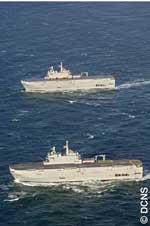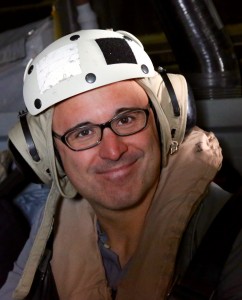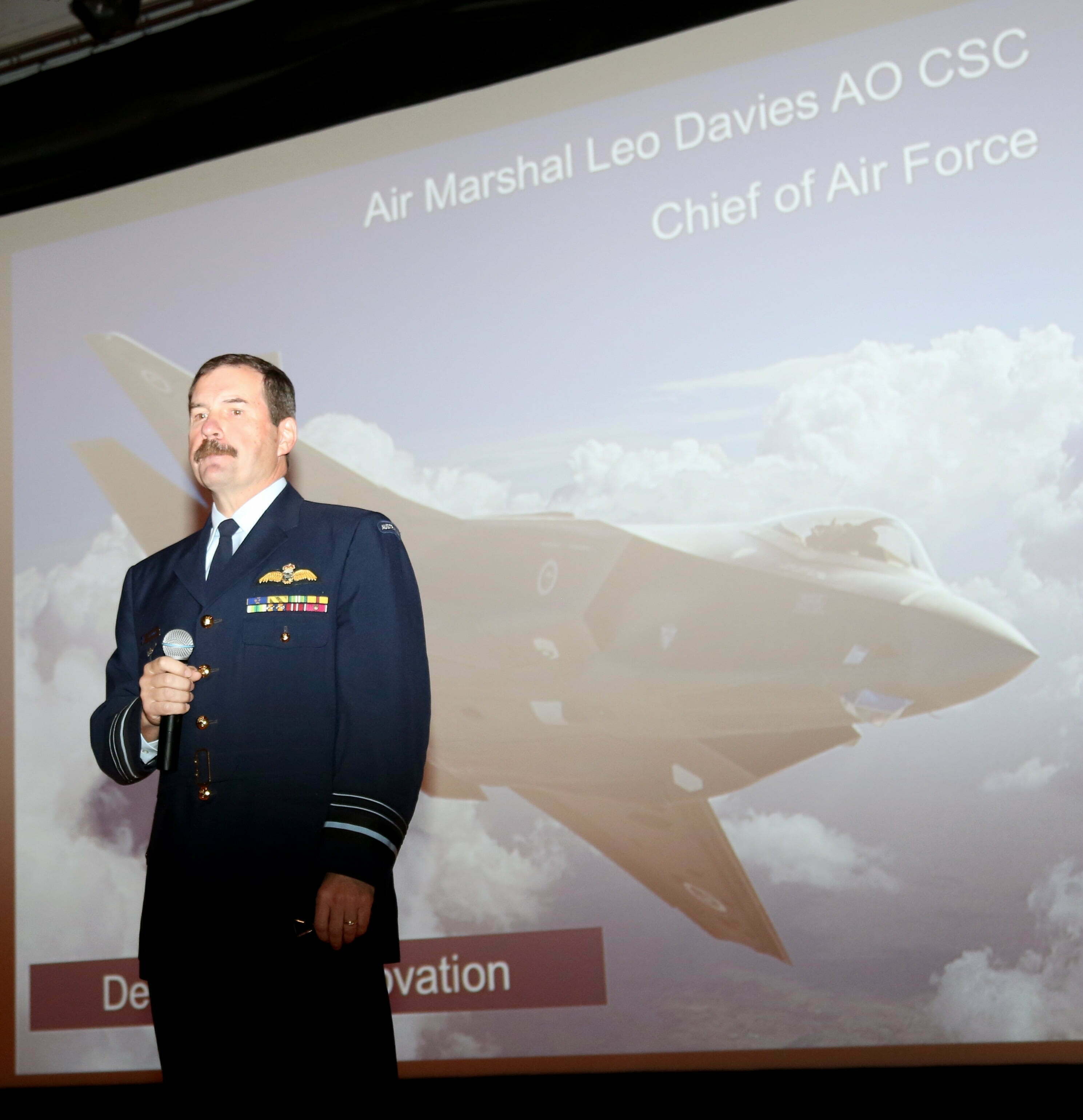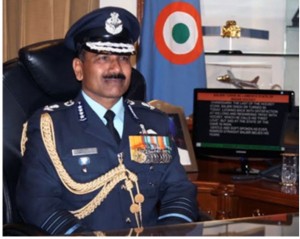2015-10-07 By Karsten von Hoesslin,Manager of Special Projects, Risk Intelligence

There are 18 networks accounted for within South East Asia and 65 upper-tier players have been identified in the author’s network analysis.
Upper-tier players consist of fixers (middlemen), boarding team leaders, recruiters, forgers, so-called ‘big bosses’, and buyers.
Boarding team ‘foot soldiers’ as well as the insiders that supply information are not included in this list as it would triple if not quadruple it.
Additionally, ten phantom tankers have been identified within the region that are used for hijacking operations as well as three pirate mother ships, five suspected phantom ships and two go-fast boats.
The following is a break down of the network hierarchy from lowest to highest.
Phantom tankers, mother ships and go-fast boats are also discussed.
Foot soldiers
Foot soldiers are the boarding team members who are recruited through friendships, former working relationships, and family connections.
Many are former seafarers or are loosely connected to the criminal network on land and move to maritime operations through family.

The boarding team members, although partially expendable, have a strict code whereby they never share information; if arrested, they never sell out their fellow teammates or those farther up the chain.
Convicted pirates in Indonesia have claimed that if they stick to the code, they will serve approximately 10 per cent of their jail term.
As directed by the boarding team leader and the fixer, any suspect arrested and convicted will be cared for so long as they do not disclose details of the top-tier members. If convicted, their sentences will be cut short, which is facilitated by bribing the public prosecutor and judge, which costs approximately USD1, 500 in ‘facilitation fees’.
Many foot soldiers are repeat offenders, but their expedited jail sentences allow them to continue operations rather quickly after release. The primary recruiting grounds for foot soldiers are Batam, Pontianak, and Medan.
Boarding team leaders
The boarding team leader often doubles as the recruiter, although they are generally well established and financially secure.
They have a long history of operations and access to the network of fixers and there is a relatively strong degree of trust formed between them.
They also have direct communication with the forgers and the insiders.
In the current network structure, there are fewer big bosses and more boarding team leaders who act as freelancers liaising directly with the fixers and connecting with the buyers.
This is one of the major changes that has taken place in 2014 in that boarding team leaders have created considerably more leverage for themselves in the market….
Fixers
Fixers are the crucial link between the boarding team leaders and the buyers, and to a lesser extent within the network structure the big bosses.
Fixers are generally businessmen (and women) who in their daily routine conduct legal business but also moonlight in the blackmarket.
Fixers will know the markets extremely well and are well connected. They generally operate transnationally, connecting the boarding team leader (if a freelancer) or the big boss to the buyers who generally are based in another country…..
Forgers
Forgers are vital within the network in order to ensure that stolen product can be certified and signed off as legitimate.
This is most common within the crude palm oil (CPO) hijackings where both the product and the vessel required a forger to change the paperwork…..
Insiders
There are countless examples of insiders.
They can be shop keepers within the port area, cargo loading officers, bunkering agents, crew on board the bunkering barges (currently the most common), employees within the shipping company itself, law enforcement personnel (including customs officers or port authority representatives), and the crews of vessels.
Depending on the size of the operation, the insiders will receive a set amount for their involvement…..
Big Bosses
The era of the big boss is declining, although there are still examples of a singular leader controlling the boarding teams and, at least historically, multiple cells placed throughout the region.
These are most apparent on Bintan, Belakang Padang, and Batam.
In these cases, the big bosses will be separate from the pirate group….
Big bosses mapped within the network analysis reside in Singapore, Johor, and Songkhla.
Investors
The investors remain slightly elusive but their role is essential to a hijacking operation.
Although go-fast boats are already accounted for, there must be upfront finances to pay for the forger and informants.
The foot soldiers and the boarding team leader are only paid after a successful operation, but up-front costs remain…..
Buyers
The buyers are the final upstream connection in the hijacking for product theft network.
Within the network analysis, buyers identified are those who knowingly purchase product that has been hijacked or stolen. Depending on the buyer and the size of their company, they generally blend it with legitimate product and sell onwards.
If a smaller buyer, they are likely to sell downstream illicitly to fishing companies and low-end local tug companies
Buyers have been identified in Kuching, Jakarta, Kuala Lumpur, Bangkok, Singapore, and Manila and from South Korea (using Indonesian brass plate companies). Although unconfirmed, there are suspected buyers from Vietnam and Cambodia listed within the network analysis that requires verification.
It is important to disclaim that this network analysis is far from complete; however, it covers the bulk of activity within the southern Malacca Strait, Singapore Strait, Bangka Strait and Java Sea, as well as the South China Sea, including the Sabah and Sarawak coasts and off Pulau Tioman.
Generally speaking, there are network strongholds in Miri, Kuching, Pontianak, Ketapang, Jakarta, Bomboru (Palembang), Berakit, Batam (with friendly spotter kampongs in Tanjung Sedilli, Bengkalis, and Batu Phahat), Medan, Kuala Lumpur, Singapore, Johor Bahru, and Songkhla.
Phantom tankers
Phantom tankers are another crucial piece of the puzzle as they are required to lift the stolen product from the hijacked vessel…..
Phantom tankers are relatively flexible and go under multiple names, although they seldom change their flag. They have dubious paper trails and their ownership is often difficult to ascertain. Diesel related products and base oils are the most practical cargos to steal, as all of the confirmed phantom tankers are capable of carrying the cargo in their tanks…..
This is, simply put, a highly functional business model that in the lower tiers of hierarchy also outperforms (in terms of net earnings) similar business models in other piracy hotspots.
Corruption, compliance and facilitation
With respect to the government and law enforcement response, hijackings for product theft are also an ideal business model with limited risk exposure.
Short of the MMEA, which is the sole agency whose efforts have led to arrests, convictions, and prisoners serving more than half of their sentences, there is a void at sea with respect to the rule of law.
Networks are fully aware, however, of the limitations of the MMEA and particularly the 1984 law inhibiting any Malaysian agency the right to hot pursuit in another littoral state’s territorial waters.

This is why, although the bulk of hijackings occur in or near Malaysian territorial waters, once under pirate control, the victim ship will sail to safe areas such as the Anambas Islands where STS operations can take place without interdiction from Indonesian law enforcement.
The Indonesian navy, which is alleged to receive pay offs from networks for acting as an informer but for also turning a blind eye, intimidates the weaker Indonesian marine police within the Riau archipelago and particularly with respect to patrols around the Anambas Islands.
The Indonesian navy’s relationship with piracy has always been a dubious one, as new evidence suggests that many of the Aceh-focused hijackings that occurred between the late 1990s and mid 2005 were in fact carried out by rogue elements of the navy, who held captives for ransom on Pulau Telaga Tujöh…..
Conclusion
The hijacking for product theft business model is likely to remain viable due to the following: the structure of the networks and their ability to remain fluid and diversify; the nature of the shipping industry in South East Asia and particularly with respect to the ease in forging documents and blending liquid product; the acceptable risk and high reward benefits at all levels of activity; and, the levels of corruption in select agencies as well as disinterest on behalf of others to target criminal organizations on land and those abusing the region’s banking sector.
Although the Orkim Harmony case may result in a slight pause in operations against product tankers, hijackings will not cease but rather focus on lower risk targets such as CPO barges.
On 28 January 2015, the Malaysian-flagged Sun Birdie was hijacked and the pirates consequently arrested (as well as recently convicted). But after a mere fortnight, the Thai-flagged Lapin was targeted by a linked network.
This only demonstrates that, despite arrests, networks can continue to operate. So long as the demand for black market product exists, and the aforementioned variables are in play, hijackings for product theft are likely to continue to be the preferred business model for maritime-orientated criminal operations in South East Asia.
Reprinted with the permission of Risk Intelligence.
The complete article can be found in Strategic Insights, No. 59, September 2015.





















